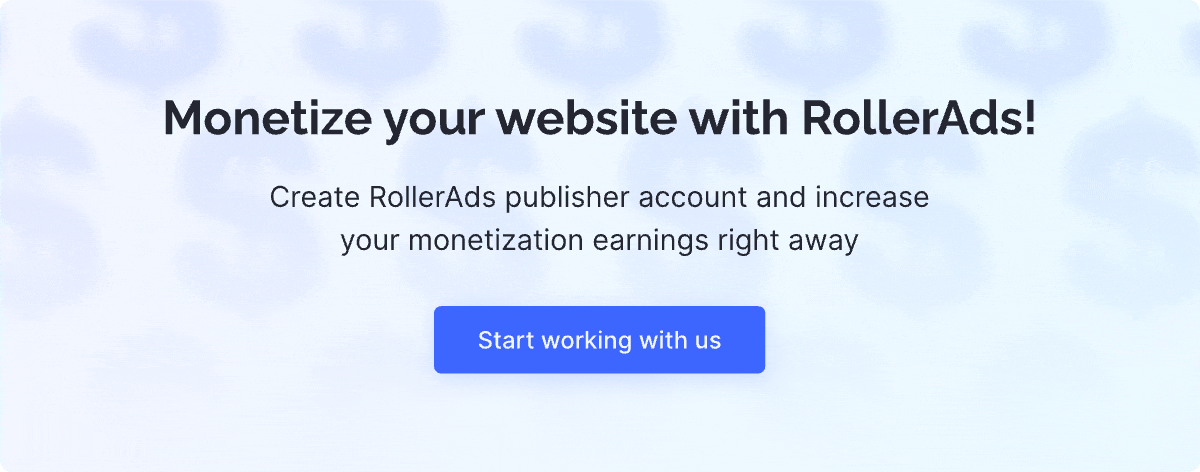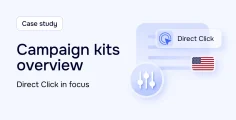The recent Google update introduced significant changes to the push notification market. It made the unsubscribe button a mandatory option for all push messages on Android and enhanced the GSB (Google Safe Browsing) policy.
The update sent a wave of substantial changes through the market, disrupting the way it used to operate. In this article, we’ll dive into the current state of the industry and explore whether the push notification market can still deliver profits.
New Market, New Rules
The situation across the market prior to the update was as follows: the number of subscriptions consistently exceeded the number of unsubscribes month after month, creating a positive earnings trend. While all publishers experienced occasional spikes in unsubscribes, the overall base size—and revenue—remained relatively stable. However, everything changed after Google’s latest update came into effect in the fourth quarter of 2024.
Here’s what happened: once users were given an easy option to unsubscribe from push notifications, they began doing so in bulk. On the other side, publishers started losing their subscriber bases—and with them, their profits.
Then came a wave of bans. Google began flagging domains, effectively banning them and wiping out all existing subscriptions. The thing is that most publishers find out only after the ban has taken effect—on average, about 30 minutes later—putting thousand-dollar campaigns at serious risk.
What’s more, Google Chrome 130 exacerbated the issue of bans affecting landing pages without push tags—triggered instead by the page itself, its creatives, or other technical factors.
All this led to a reduction in supply and a spike in traffic prices. This, in turn, shook the foundation of many affiliate marketers’ push-based business models. As a result, demand also took a nosedive. All in all, every player in the industry felt the impact—and had the situation continued to escalate, the consequences could have been far worse.
That’s why our shared challenge became adapting to this new reality—to coexist with the updated rules, operate in sync with Google’s policies, and restore balance to the market. Luckily, we figured out how to make this happen.
Numbers, Numbers
Let’s take a gander at the statistics across our platform and find out if there is any tangible trend. For this analysis, we reviewed data from publishers who were affected by the update, facing a drop in subscriptions and a spike in unsubscribes during October and November 2024.
At the beginning of the year, all publishers who were hit by the update saw a positive trend: unsubscribe rates normalized relative to subscriptions. Since then, the number of subscriptions has been steadily growing month by month, signaling an expanding market and rising traffic volumes. This growth made traffic more affordable and appealing to advertisers, driving up demand. It’s a win-win: publishers are earning more, while advertisers are getting better value and boosting their profits.
Still, this success didn’t come easy—we had to team up and develop a strategy aligned with Google’s updated policy to make it all work.
Finding Stability in the Market with RollerAds
Although the market has begun to adapt to the new reality, it’s still going through a turbulent phase—and it’s clear that things will never be the same. At this stage, there’s no one-size-fits-all solution to the challenges brought by the update. What we do have is a set of time-tested practices, proven recommendations, and a range of real cases showing consistent results—such as decreased unsubscribe rates, reduced risk of domain bans, and minimized impact when bans do hit.
It’s not a magic bullet, but it’s a powerful approach that helps publishers adapt faster and perform better. While we don’t share these insights publicly, we’re ready to work with you directly to develop a tailored strategy and deliver the best possible outcomes.
The Takeaway
With over five years in the push notification space, we’ve seen it all and helped our clients not only survive but grow through every significant shift. Our recovery framework is more than just a theory: it’s a field-tested strategy, backed by real data and designed to boost performance, safeguard revenue, and give you a competitive edge.
Struggling with unsubscribes or bans? Let’s fix that. Reach out now for a personalized strategy session with our experts. We’ll analyze your current setup, share proven tactics, and help you get back on track. Because in this game, the faster you adapt, the more you earn.






